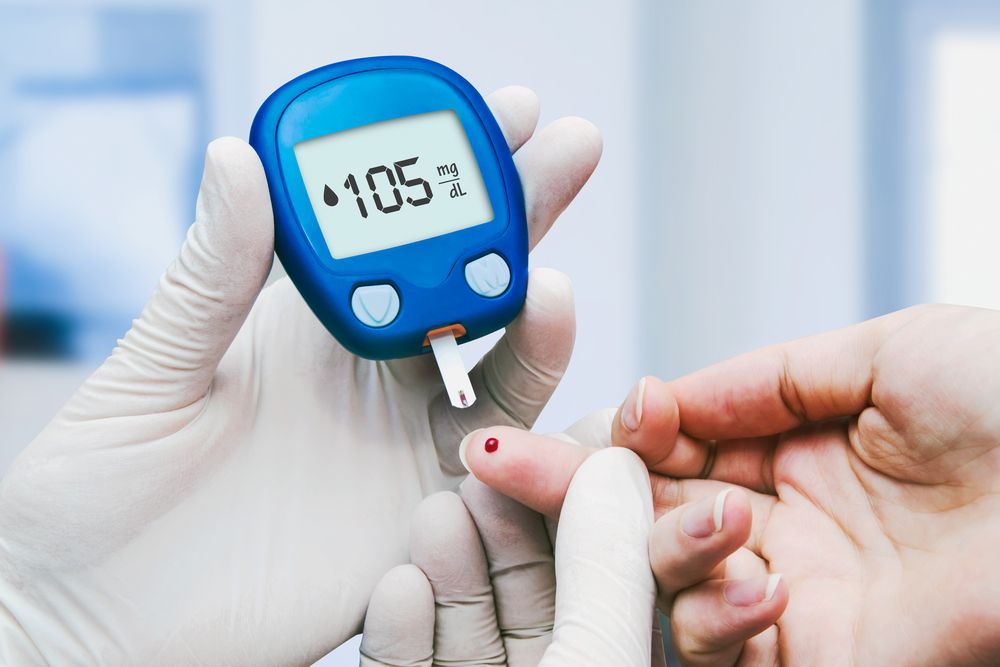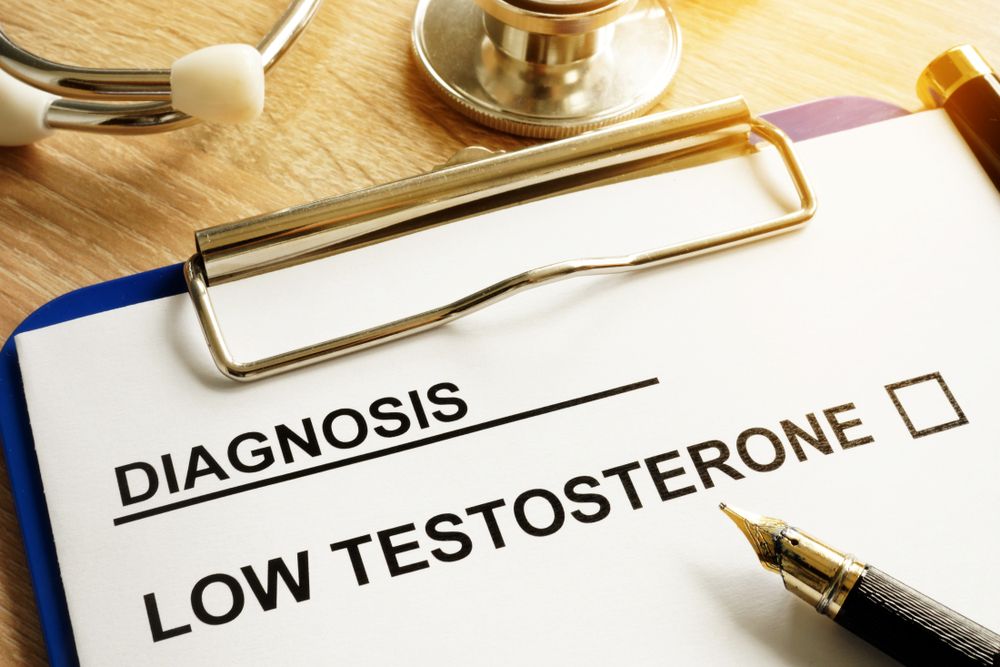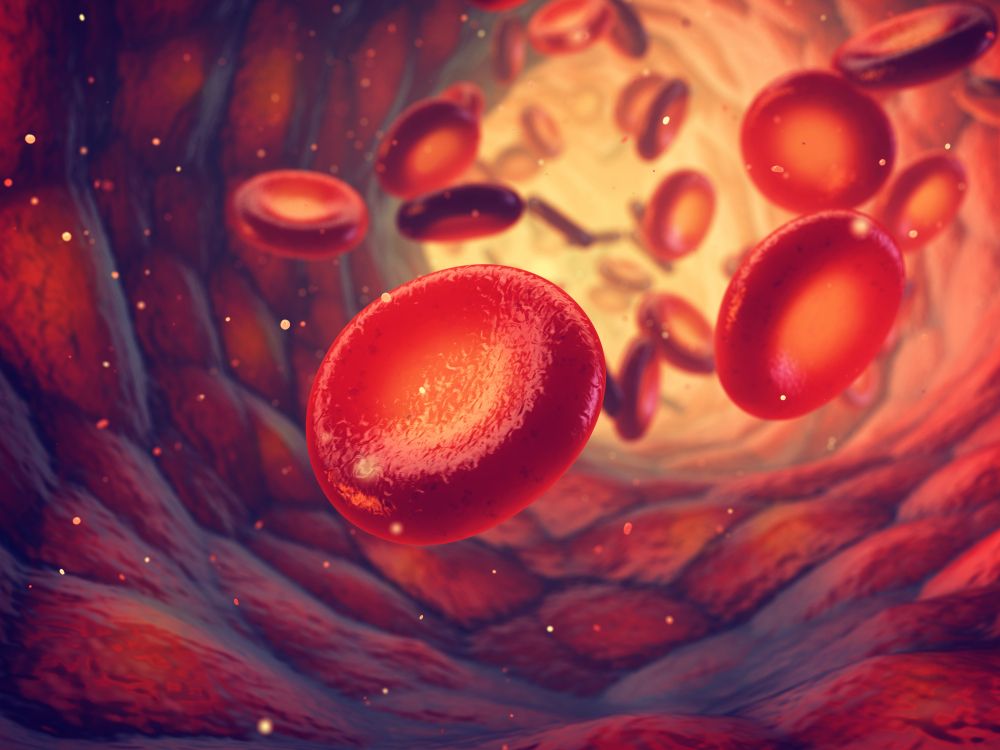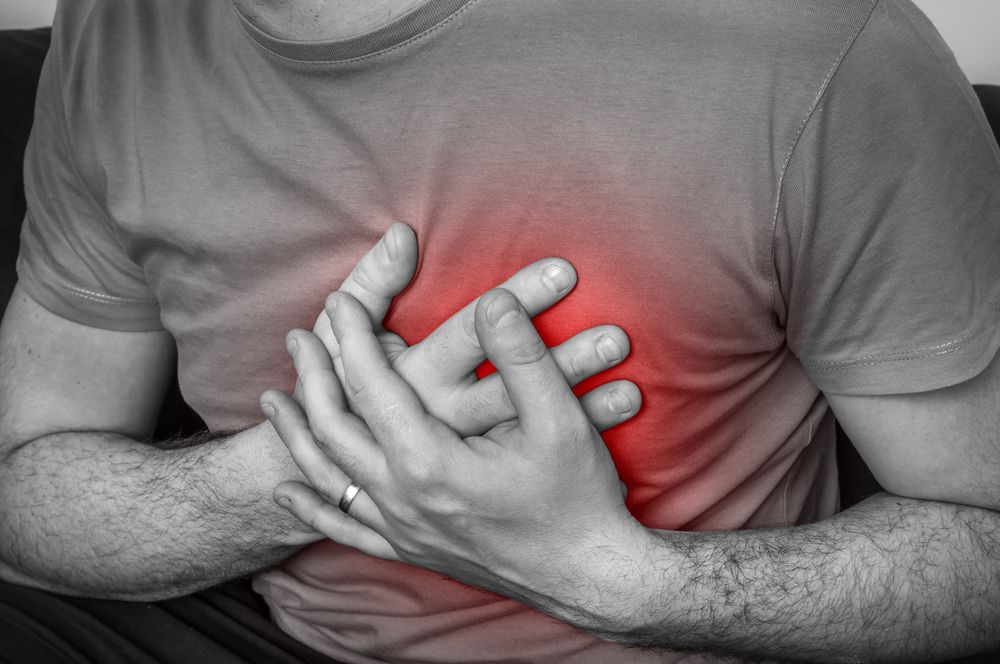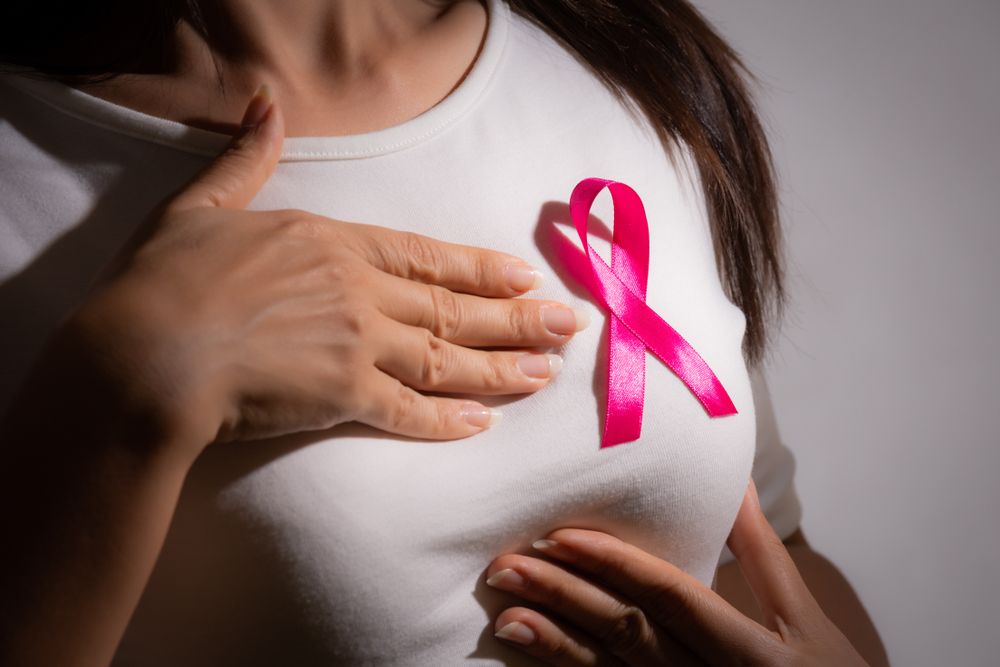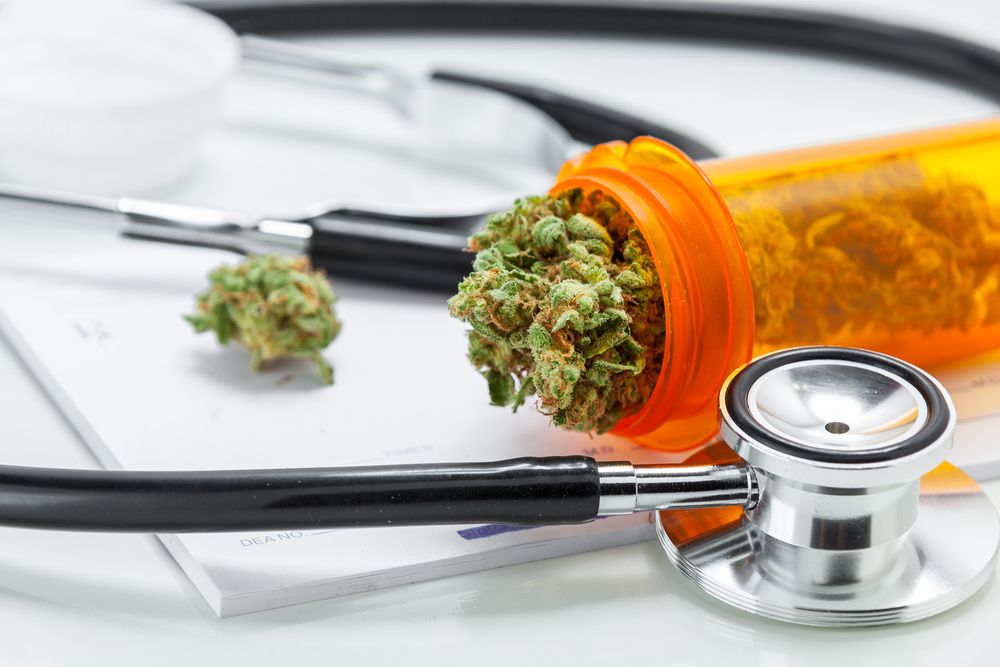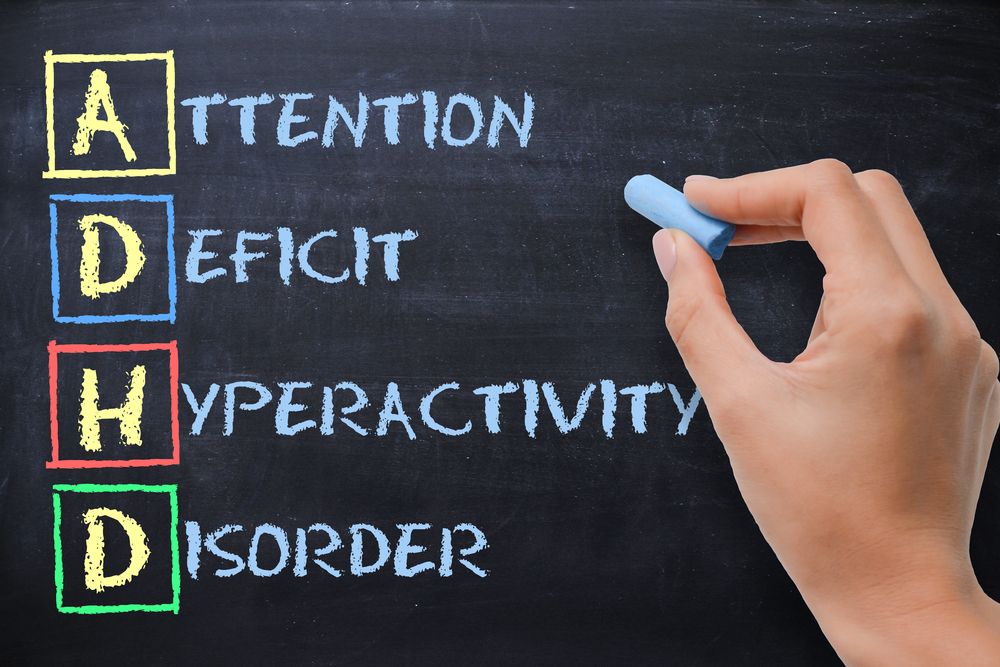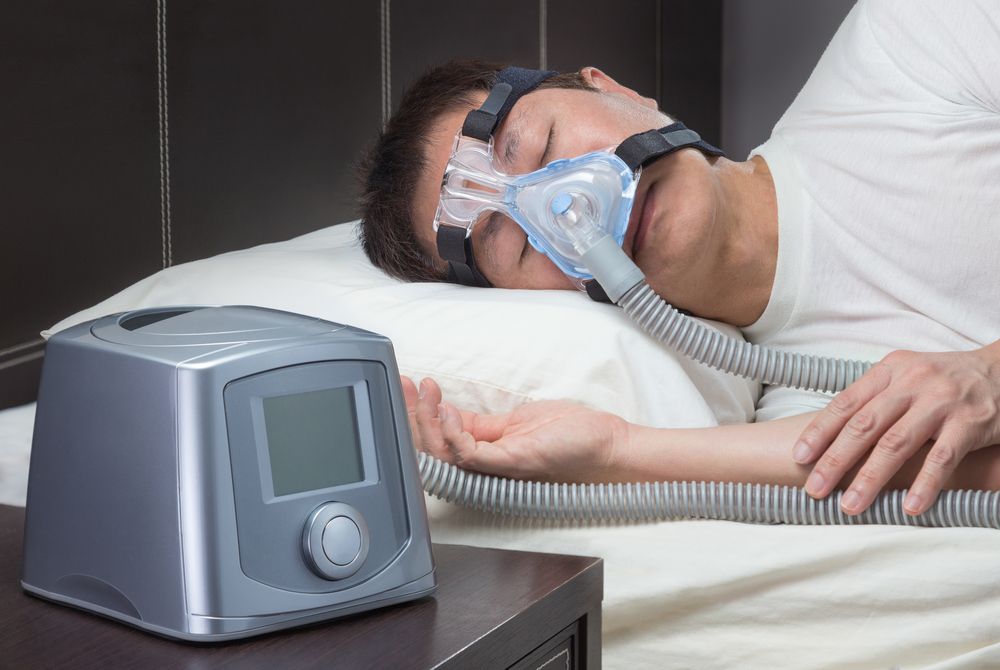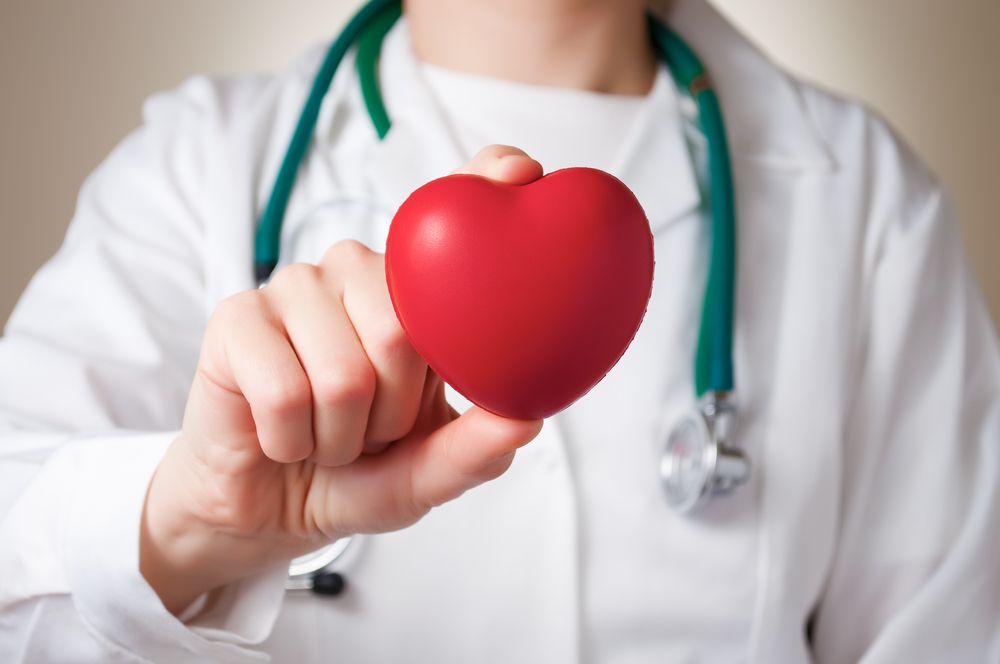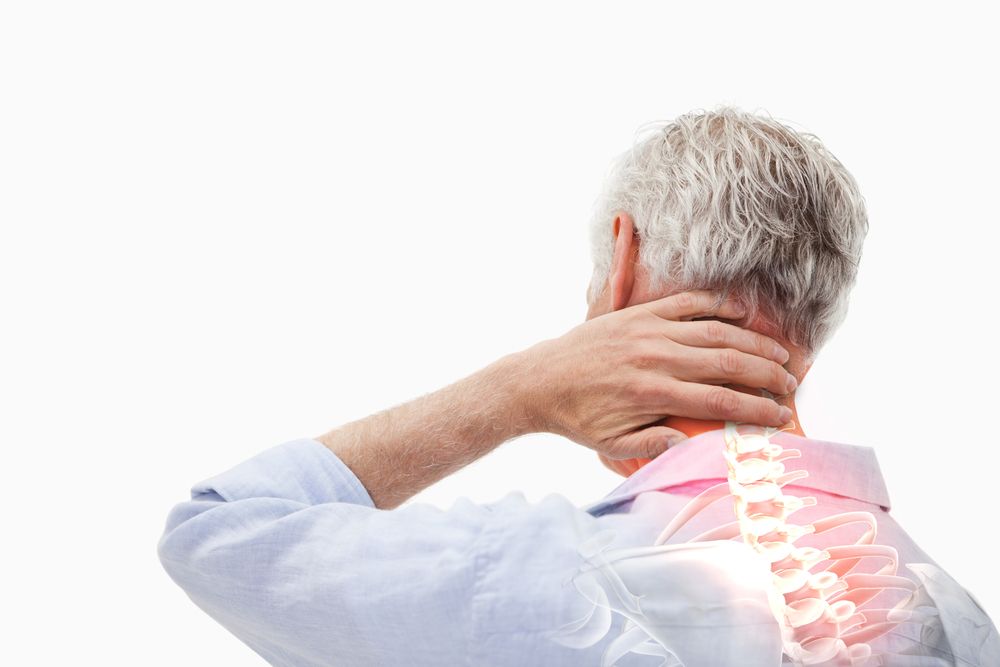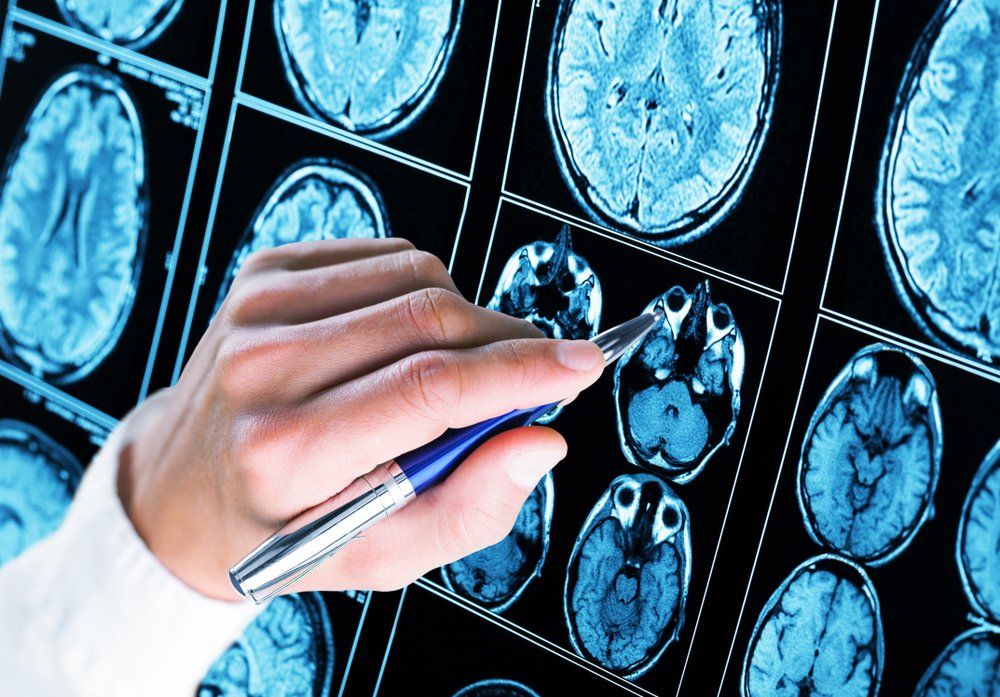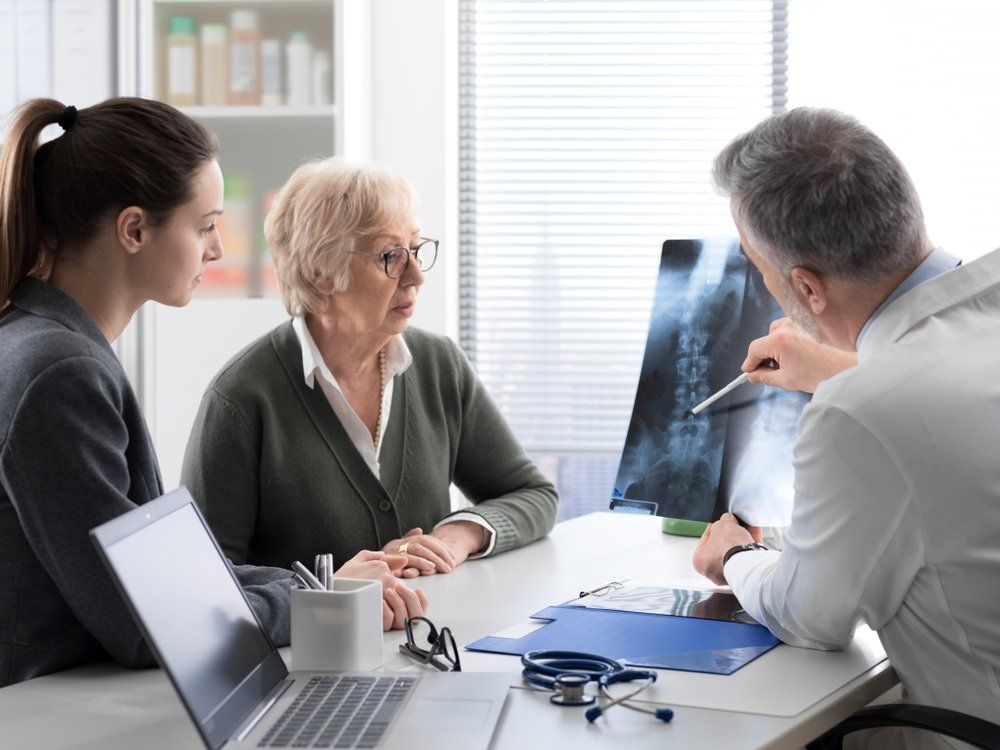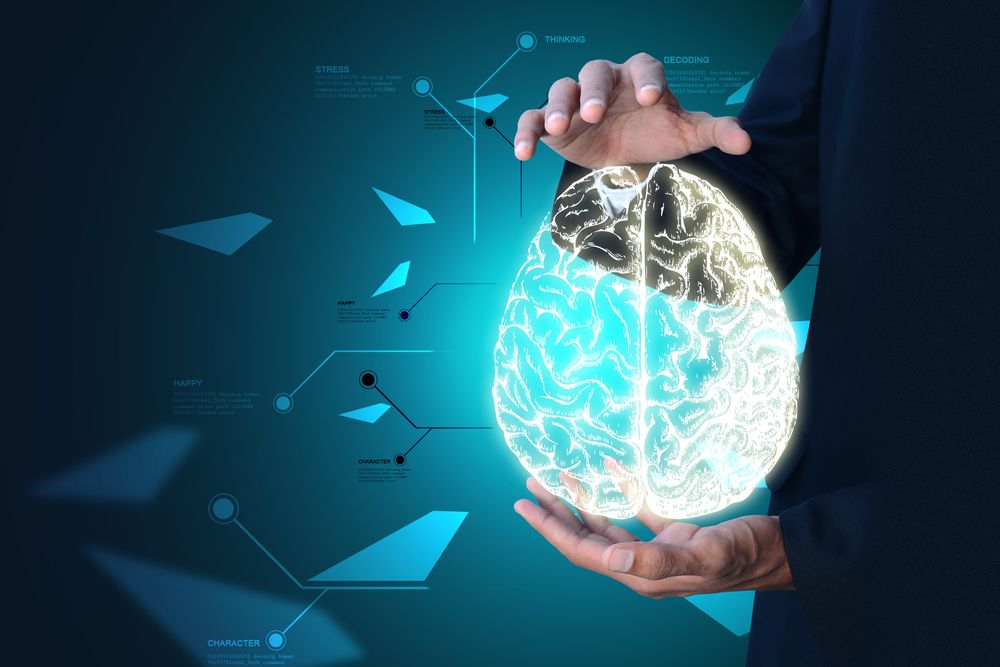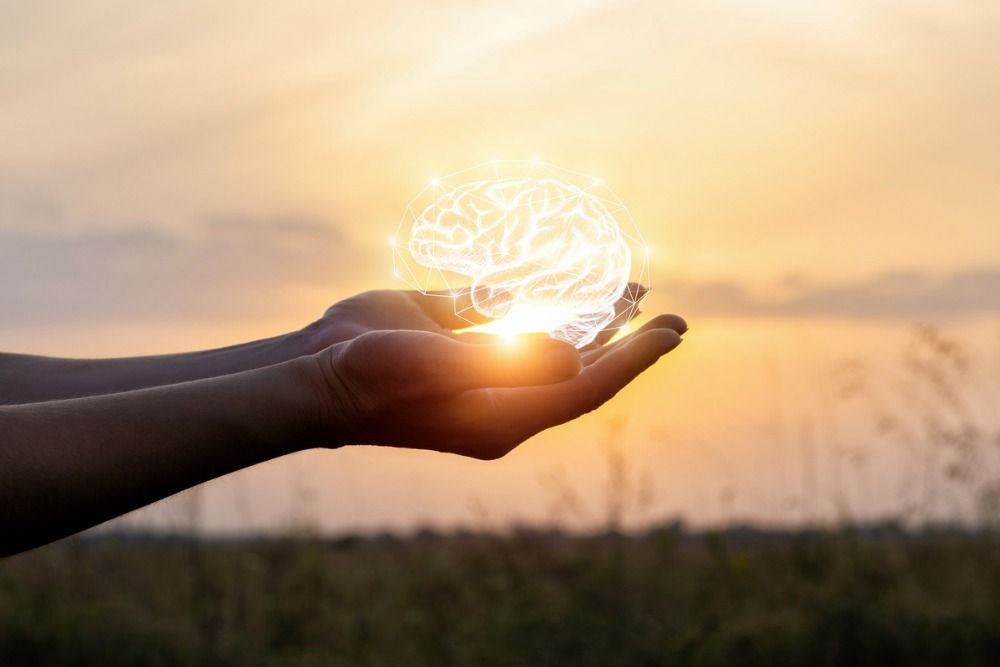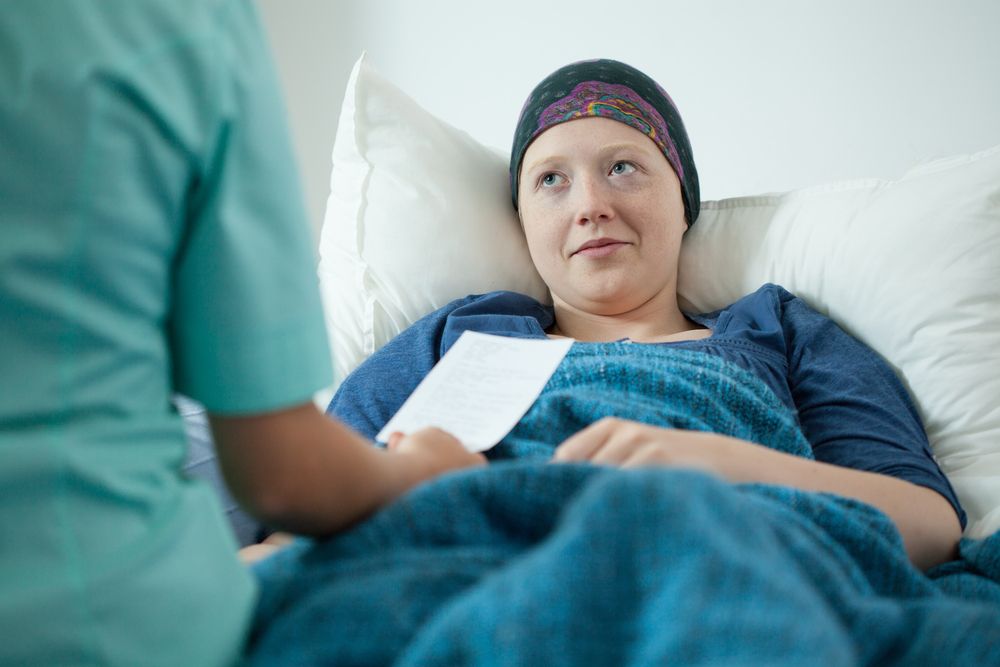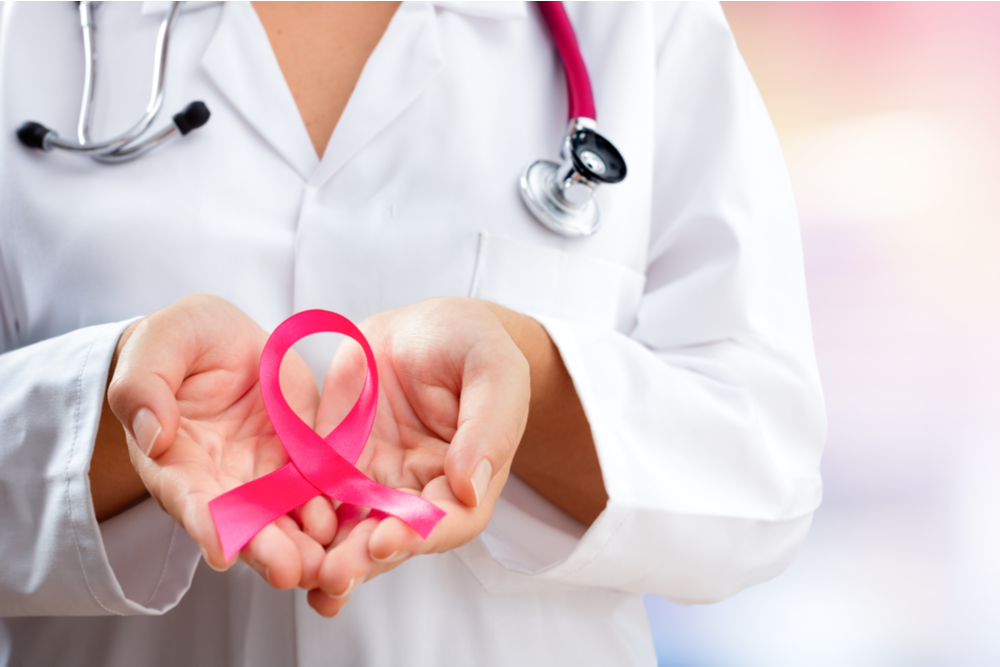Schizophrenia is a severe psychotic disorder. (Learn More – What Is Schizophrenia?)
The major symptoms of schizophrenia include positive symptoms, negative symptoms, disorganized behavior, and impaired cognition.(Learn More – What Are the Symptoms of Schizophrenia?)
In addition to the formal symptoms of the disorder, many people with schizophrenia share other features that are not used to diagnose the disorder. (Learn More – Other Features of the Disorder)
Medication is the primary approach to treat schizophrenia. (Learn More – Treatment of Schizophrenia)
The medications are divided into two groups: older medications or typical antipsychotics (Learn More – Typical Antipsychotics) and newer medications or atypical antipsychotics. (Learn More – Second-Generation or Atypical Antipsychotics)
The newer medications are less likely to have serious side effects. (Learn More – Severe Side Effects From Typical Antipsychotics)
However, there is the potential to develop side effects from either typical antipsychotics or atypical antipsychotics. (Learn More – Other Side Effects of Antipsychotic Medications)
Although therapy is not the first-line treatment for schizophrenia, people with the disorder can benefit from psychotherapy, especially to help them adjust to living with the disease, stay on medication, and get support. (Learn More – Therapy for Schizophrenia)
What Is Schizophrenia?
Schizophrenia is not multiple personality disorder, where a person has more than one functioning personality. Instead, schizophrenia is a psychotic disorder in which psychosis represents a loss of reality for the person.
According to the American Psychiatric Association (APA), schizophrenia is a chronic brain disorder that results in a person having psychotic episodes. Psychotic episodes occur when a person loses contact with reality.
The APA says that the prevalence of schizophrenia is less than 1% worldwide.
There are multiple factors that may contribute to the development of schizophrenia, but no cause of the disorder has been identified. It is believed that there is a large genetic component associated with the development of the disorder, but environmental factors like stress may affect the onset of the disorder and how it presents itself.
What Are the Symptoms of Schizophrenia?
Severe psychotic symptoms can be quite distressing to a person with schizophrenia. The symptoms of schizophrenia fall into several different categories.
- Positive symptoms of schizophrenia include hallucinations, exaggerated or distorted perceptions or
 beliefs, and delusions, which are often of a paranoid nature.
beliefs, and delusions, which are often of a paranoid nature. - Negative symptoms are reductions in behavior, such as an inability to express emotions, experience pleasure, speak, or develop and initiate plans of action.
- Disorganized symptoms include confused speech, disordered speech, difficulty with rationality or logical thinking, abnormal movements, or bizarre behaviors.
- Impairments in cognition also occur in people with schizophrenia. These include difficulty with attention and concentration, memory issues, and impaired intellectual capabilities.
Other Features of the Disorder
Symptoms of schizophrenia typically appear in early adulthood. Men display symptoms in their late teenage years or early 20s and women often show signs in their 20s or early 30s.
Early signs may be subtler, such as issues with performance and motivation in school or problems with relationships.
Early warning signs of psychosis can sometimes occur in younger people. They can include delusional beliefs and even hallucinations in people who are predisposed to develop schizophrenia.
Treatment of Schizophrenia
The main treatment for schizophrenia is the use of antipsychotic medications. These medications address the symptoms of schizophrenia, such as hallucinations and delusions. They typically work better on the positive symptoms, but they can be used to treat some of the negative symptoms.
In general, there are two different groups of antipsychotic medications: typical antipsychotics and atypical antipsychotics.
Typical Antipsychotics
The first group of antipsychotic medications is the older antipsychotics, also known as typical antipsychotics. They may also be referred to as first-generation antipsychotics or conventional antipsychotics. They primarily work on the neurotransmitter dopamine.
Medications in this group include the following:
These drugs are associated with some significant side effects (see below).
Second-Generation or Atypical Antipsychotics
Newer medications are referred to as atypical antipsychotics or second-generation antipsychotics. These  medications work on dopamine and also on other neurotransmitters like serotonin.
medications work on dopamine and also on other neurotransmitters like serotonin.
They may be better able to control both the positive and negative symptoms of schizophrenia, without some of the more serious side effects that can occur with antipsychotic medications.
The following are medications in this group:
Severe Side Effects From Typical Antipsychotics
Typical antipsychotics may increase levels of a hormone known as prolactin, which can affect the menstrual cycle of women, cause the growth of breast tissue in men (and in women), and lead to decreased sex drive and mood swings.
Typical antipsychotics are also believed to have a higher probability of producing extrapyramidal side effects. These effects include issues with coordination and motor control that often display as uncontrollable movements.
The following extrapyramidal side effects may occur as a result of antipsychotics:
- Parkinsonism refers to symptoms that are similar to Parkinson’s disease but are caused by the use of medication. They include slow thinking, slow movements, tremors, rigid muscles, facial stiffness, and difficulty speaking.
- Akathisia is a significant feeling of being restless, making it very hard for the person to sit or stay still. They will often rock back and forth, twirl their fingers, or continually cross and uncross their legs.
- Tardive dyskinesia is a serious movement disorder caused by typical antipsychotics. This movement disorder can affect the tongue, facial muscles, or neck muscles. The person may display tics or uncontrollable movements. If not addressed soon enough, the disorder may become permanent.
Atypical antipsychotics may have these side effects as well, but clinicians and researchers believe they are far less likely to cause them than typical antipsychotics.
Other Side Effects of Antipsychotic Medications
Other side effects can occur with both typical or atypical antipsychotics. These include:
- Weight gain
- Restlessness or drowsiness
- Sexual problems
- Dizziness
- Nausea
- Blurred vision
- Low blood pressure
- Low white blood cell count
- Seizures
Therapy for Schizophrenia
The use of psychotherapy for the sole and direct treatment of schizophrenia is not recommended, but if the person’s symptoms are controlled by medication, therapy can help. It can be particularly helpful for managing stress, developing social skills, tracking medication compliance, and recognizing the warning signs of relapse.
Schizophrenia often develops in a person’s formative years, so the person may not have been able to develop skills that make them employable. Therapy can help to develop life management skills, and may even help them respond to training that may allow them to get a job. Therapy can also help to address family and relationship issues for people with schizophrenia.
Support groups allow people with schizophrenia to learn from one another and share their experiences, which can promote overall well-being. With a combination of medication, therapy, and support, living with schizophrenia is possible.
References
What Is Schizophrenia? (July 2017). American Psychiatric Association.
Understanding the Symptoms of Schizophrenia. (December 2017). Medical News Today.
Schizophrenia. (February 2016). National Institute of Mental Health.
American Psychiatric Association Practice Guidelines for the Treatment of Patients With Schizophrenia. (May 2019). American Psychiatric Association.
Extrapyramidal Side Effects of Antipsychotics Are Linked to Their Association Kinetics at Dopamine D2 Receptors. (October 2017). Nature Communications.

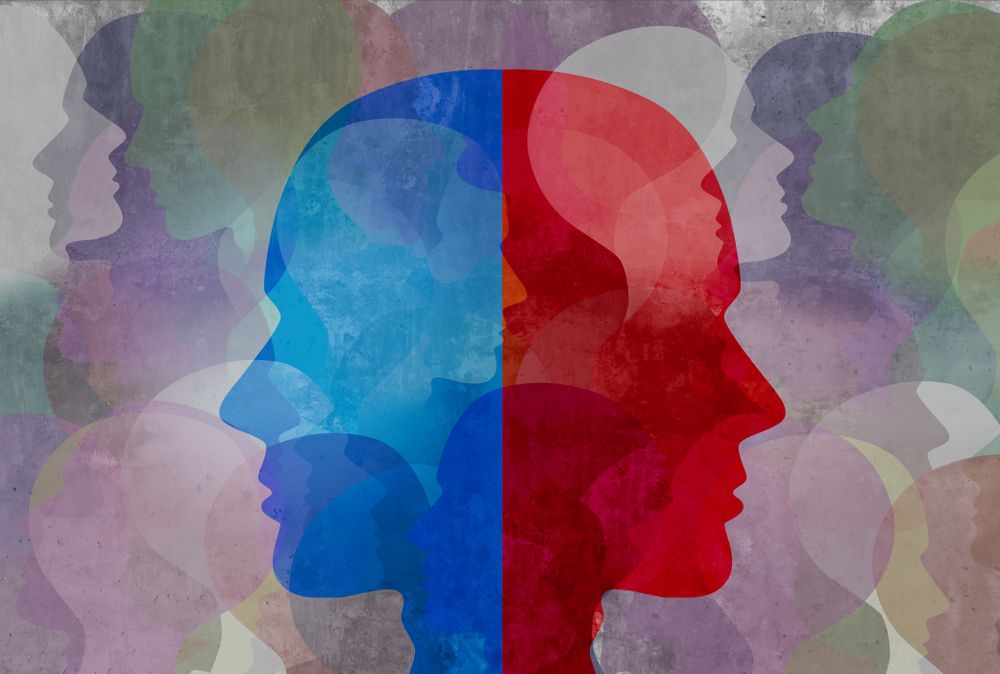
 beliefs, and delusions, which are often of a paranoid nature.
beliefs, and delusions, which are often of a paranoid nature.
